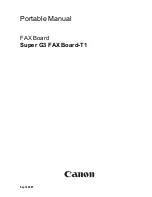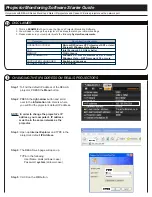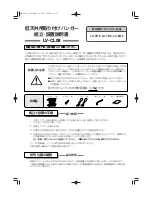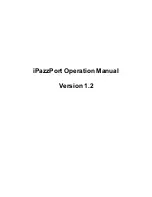
Overview
1-2
Issued April 2000
Overview
A Definition of Caller ID
Caller ID (CID), a service offered by local central offices, sends
calling number information from the local CO to the DBS. Users who
have display telephones can see CID information as incoming calls
ring at their extension and can have access to previous calls via the
call log feature.
The type of calling number information transmitted to the DBS
depends on whether
single-data
or
multiple-data
format is used.
S
ingle-data
format supplies the date, time, and calling number to the
DBS.
Multiple-data
format supplies the date, time, calling number,
and calling name. Though the DBS receives the date and time with
both formats, it does
not
transmit this information to individual key
phones. The DBS has its own internal timer.
Note
: Caller ID refers to calling party information transmitted
through local central offices only. Calling party information
transmitted from interexchange carriers (IXCs) uses a different
format known as Automatic Number Identification (ANI). ANI is
not
supported by the DBS at this time. Also, single data and multiple
data may be marketed by different names depending on the local
operating telephone company.
How the DBS Receives and Processes Caller ID
Caller ID data is transmitted to the DBS between the first and second
incoming rings.
The Caller ID card (VB-43551) and L-TRK card (VB-43511A)
collect the data and distribute it to the appropriate extension via the
CPC card.
Since Caller ID data is not sent to the DBS until after the first ring, the
DBS waits approximately 4 seconds after the detection of the first
incoming ring to allow time for collecting Caller ID data and









































